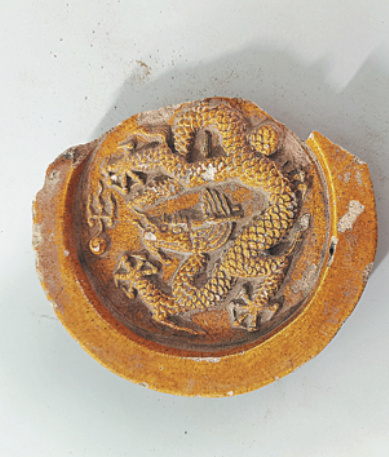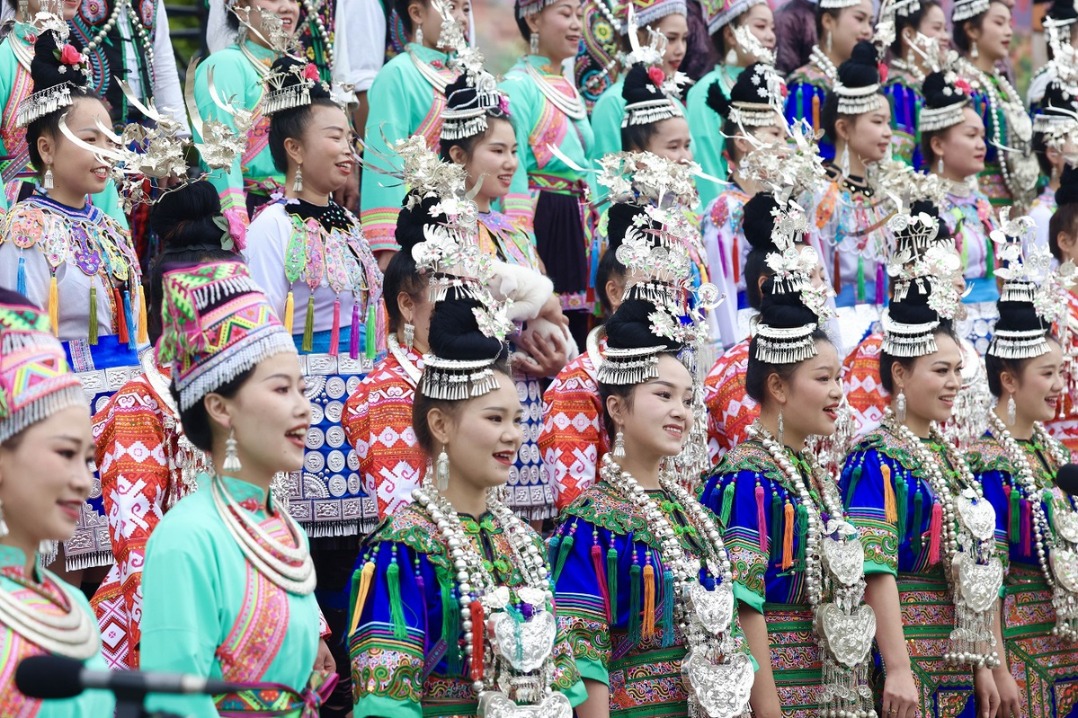Palace's hidden glories unearthed
By Wang Kaihao | China Daily | Updated: 2022-03-10 10:34

Xu said, "You can see how construction methods evolved and advanced from Zhongdu to Beijing."
The new archaeological site in the Forbidden City has produced surprises beyond the Ming Dynasty.
Mongol ruler Kublai Khan designated Dadu, present-day Beijing, as the capital city of the Yuan Dynasty (1271-1368), turning it into an internationally influential metropolis through a massive urban construction plan. Beijing thus became the capital of a united China.
The location of Khan's royal palace has remained controversial due to vague records in surviving documents.
Some Yuan royal building components were unearthed from an excavation pit at the site. These discoveries may further support the theory that an imperial Yuan Dynasty city lies beneath the Forbidden City.
Xu said: "If this is the case, then the central axis of Beijing may have remained unchanged for over 700 years. Our understanding of this key landmark can be further enriched."
The central axis of Beijing is on a tentative list for UNESCO World Heritage status. Landmarks such as the Forbidden City, the Drum Tower and the Temple of Heaven are situated along the axis, along with Tian'anmen Square and the National Stadium, also known as the Bird's Nest.
























